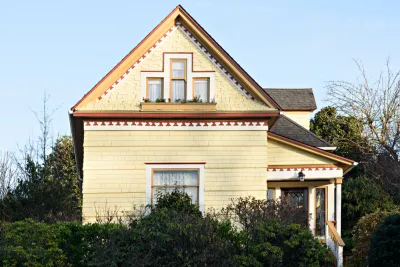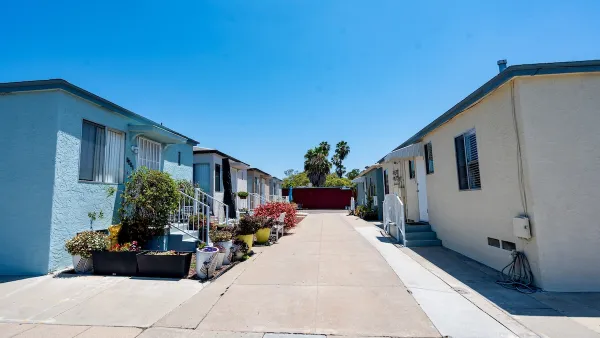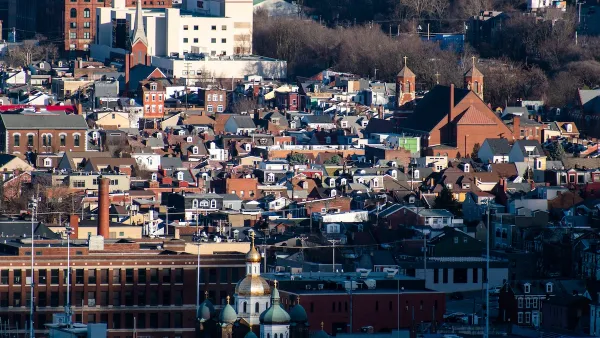For insights into the gentrification of U.S. urban areas, researchers studied high-income buyers of housing in lower-income neighborhoods. To slow gentrification, the housing supply must be boosted, say the researchers.

Recent research conducted by Laurie Goodman, Ellen Seidman, and Jun Zhu focused on the pace of gentrification in metropolitan statistical areas by measuring the rate at which high-income homeowners buy property in low-income neighborhoods based on 2018 Home Mortgage Disclosure Act and 2018 American Community Survey data.
"Our examination reveals that, in many MSAs, high housing costs—resulting from a lack of available housing—cause affluent buyers to look for homes in low- and moderate-income (LMI) neighborhoods. That means cities’ housing supply can determine how fast gentrification may occur. Boosting the supply of housing can slow the pace of new buyers moving into lower-income neighborhoods," say Goodman, Seidman, and Zhu.
A geographical analysis of high-income households in 20 largest U.S. metropolitan statistical areas found that Los Angeles had the highest rate of high-income mortgage borrowing for the purchase of housing in low-income neighborhoods in 2018 at just over 60%. In Chicago, a city with more affordable housing, that rate was only 21%. "Boosting the housing supply by easing local land use, building, and zoning restrictions and encouraging alternative forms of housing like manufactured housing and accessory dwelling units would make homes more affordable and allow more buyers at all income levels to find homes, slowing the pace of gentrification," according to the researchers.
FULL STORY: To Understand a City’s Pace of Gentrification, Look at Its Housing Supply

National Parks Layoffs Will Cause Communities to Lose Billions
Thousands of essential park workers were laid off this week, just before the busy spring break season.

Retro-silient?: America’s First “Eco-burb,” The Woodlands Turns 50
A master-planned community north of Houston offers lessons on green infrastructure and resilient design, but falls short of its founder’s lofty affordability and walkability goals.

Delivering for America Plan Will Downgrade Mail Service in at Least 49.5 Percent of Zip Codes
Republican and Democrat lawmakers criticize the plan for its disproportionate negative impact on rural communities.

Test News Post 1
This is a summary

Test News Headline 46
Test for the image on the front page.

Balancing Bombs and Butterflies: How the National Guard Protects a Rare Species
The National Guard at Fort Indiantown Gap uses GIS technology and land management strategies to balance military training with conservation efforts, ensuring the survival of the rare eastern regal fritillary butterfly.
Urban Design for Planners 1: Software Tools
This six-course series explores essential urban design concepts using open source software and equips planners with the tools they need to participate fully in the urban design process.
Planning for Universal Design
Learn the tools for implementing Universal Design in planning regulations.
EMC Planning Group, Inc.
Planetizen
Planetizen
Mpact (formerly Rail~Volution)
Great Falls Development Authority, Inc.
HUDs Office of Policy Development and Research
NYU Wagner Graduate School of Public Service





























